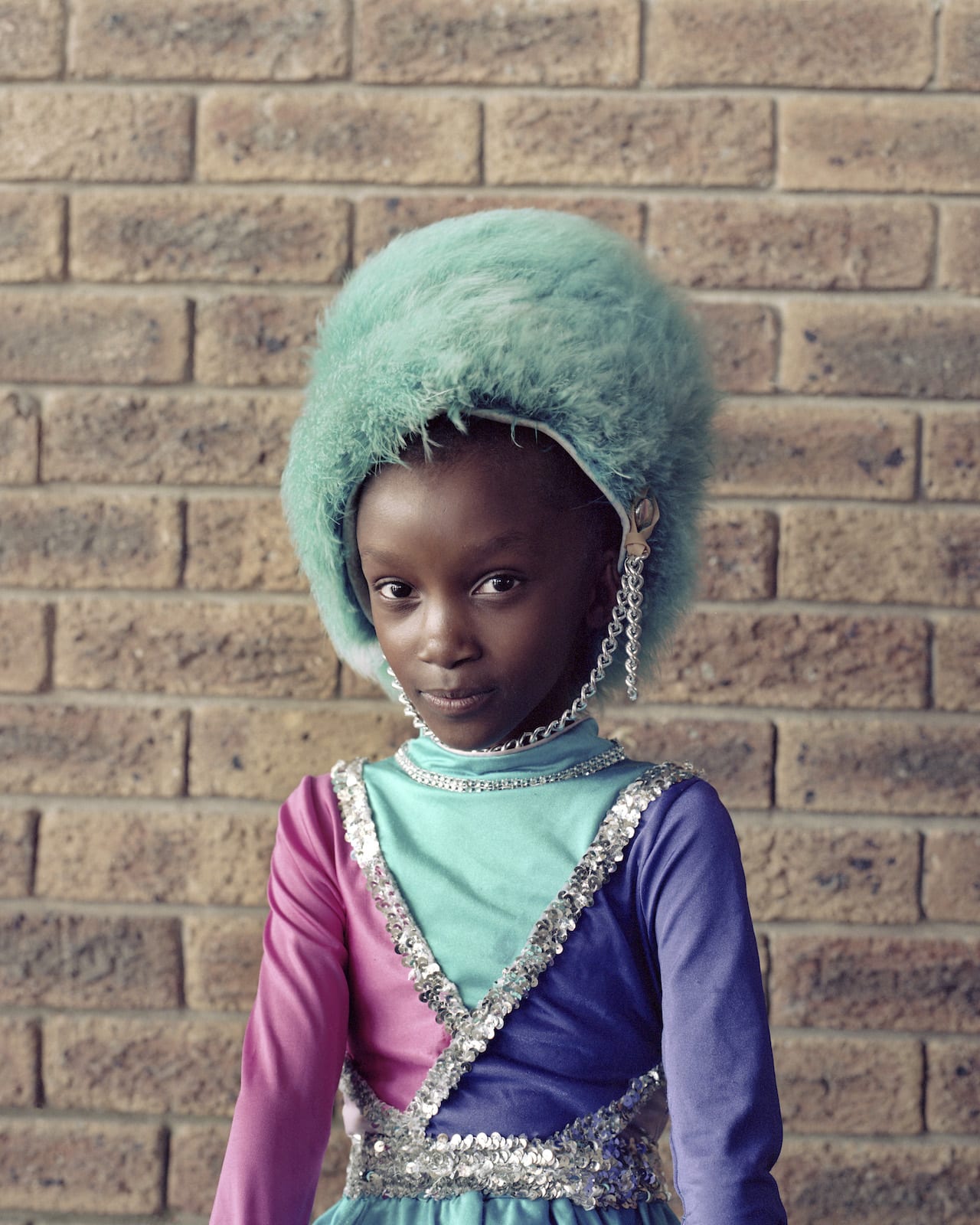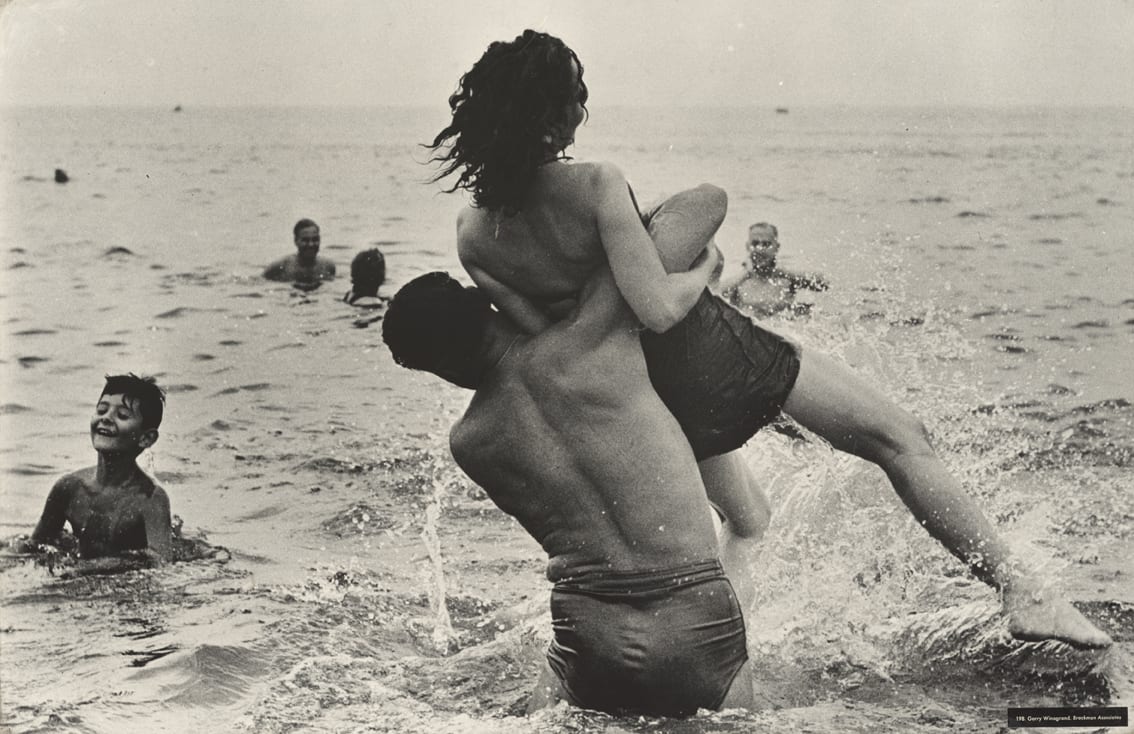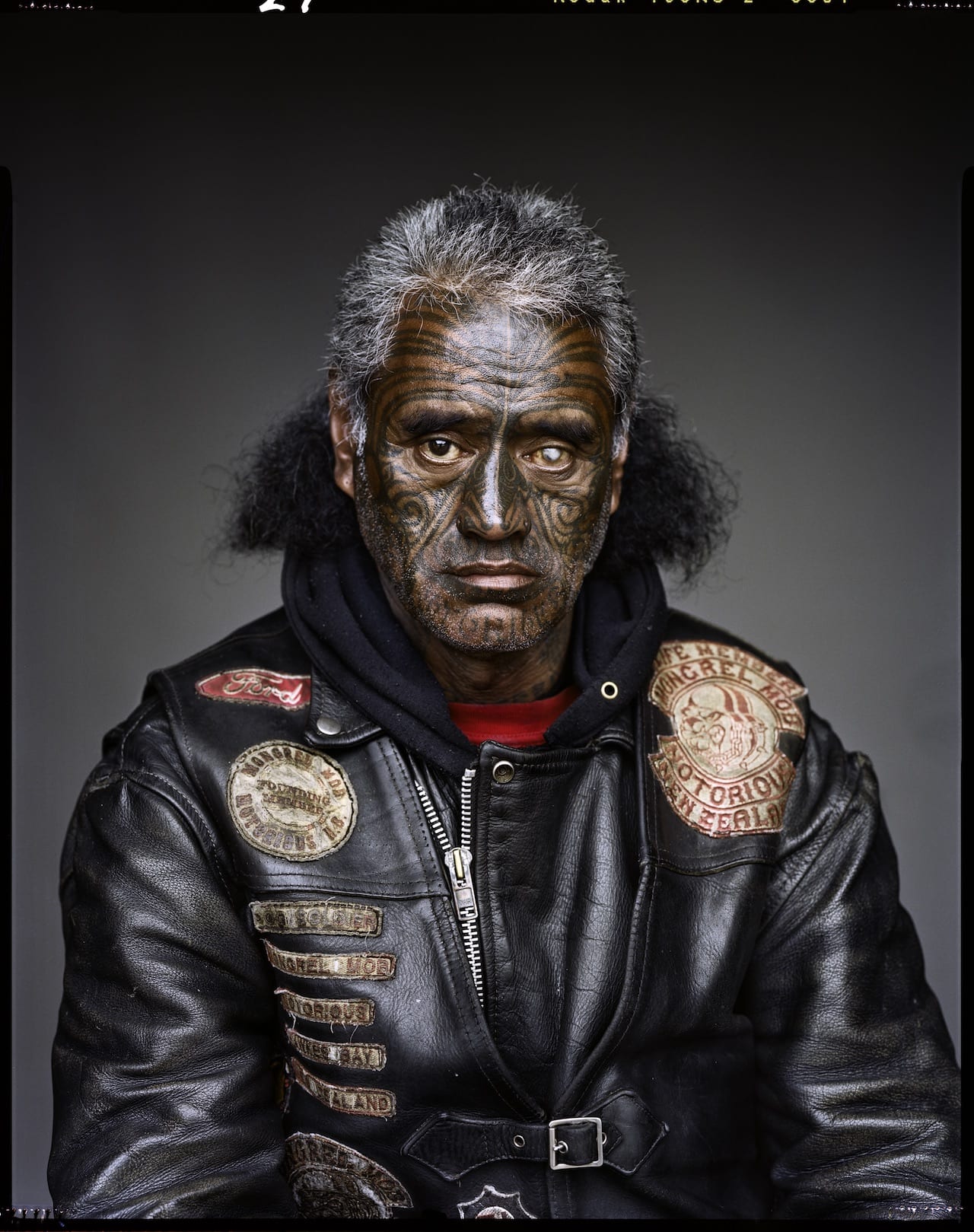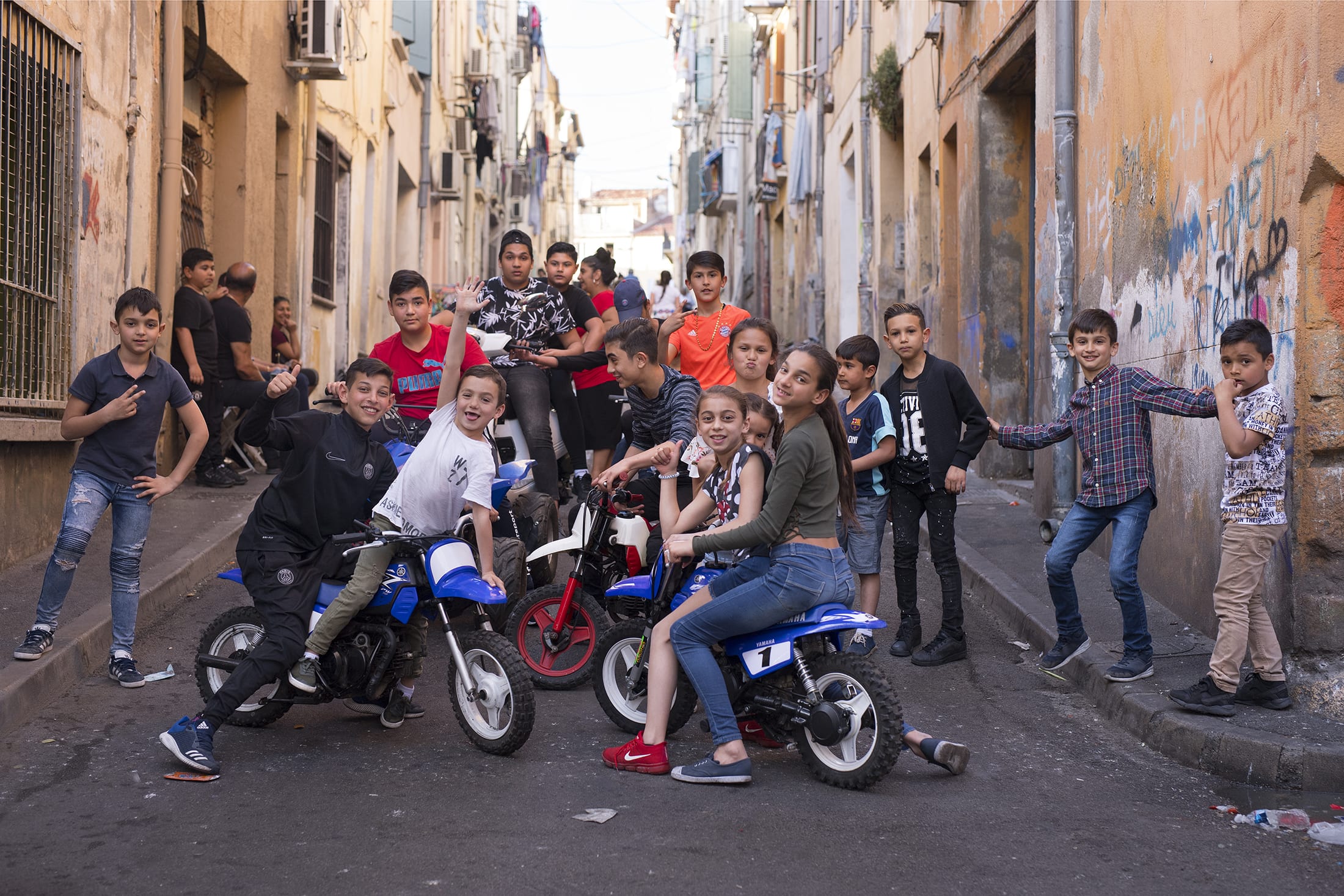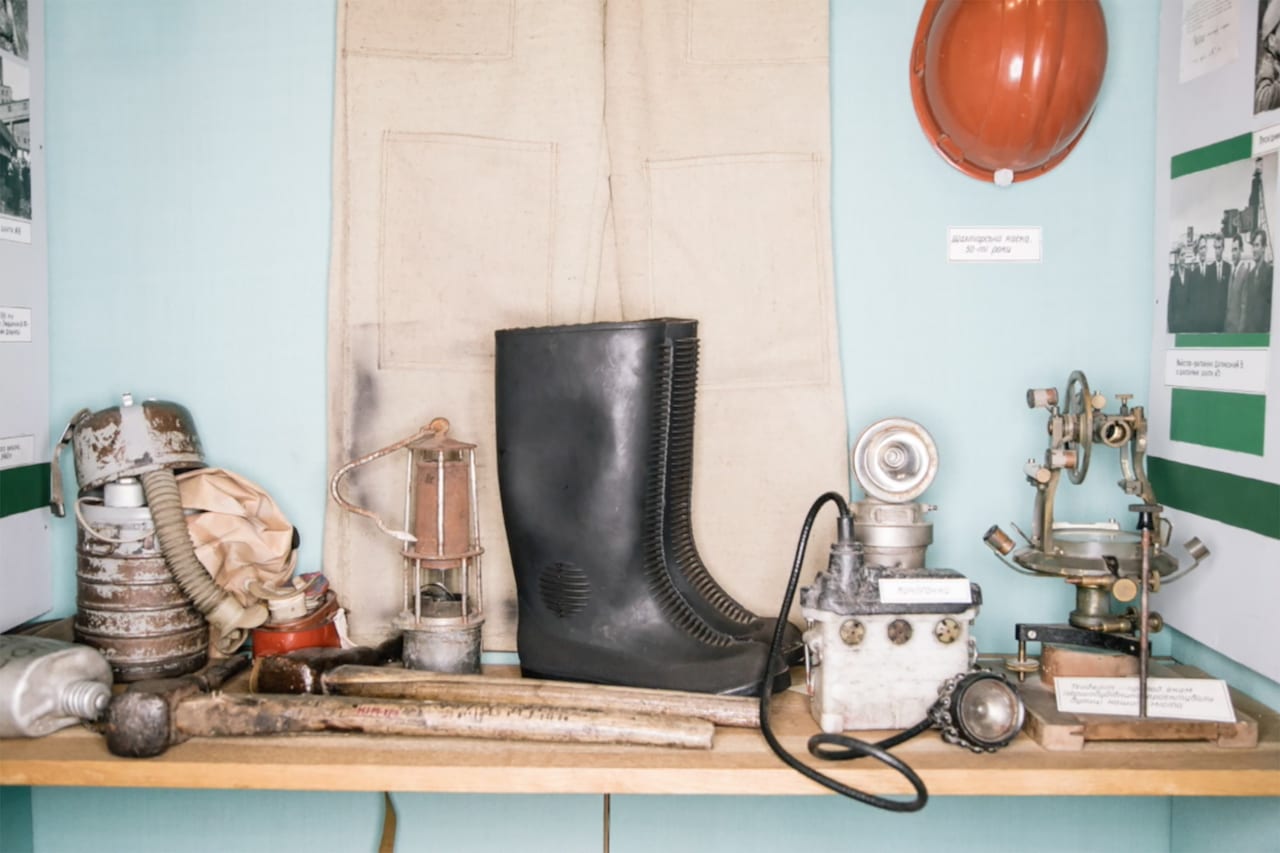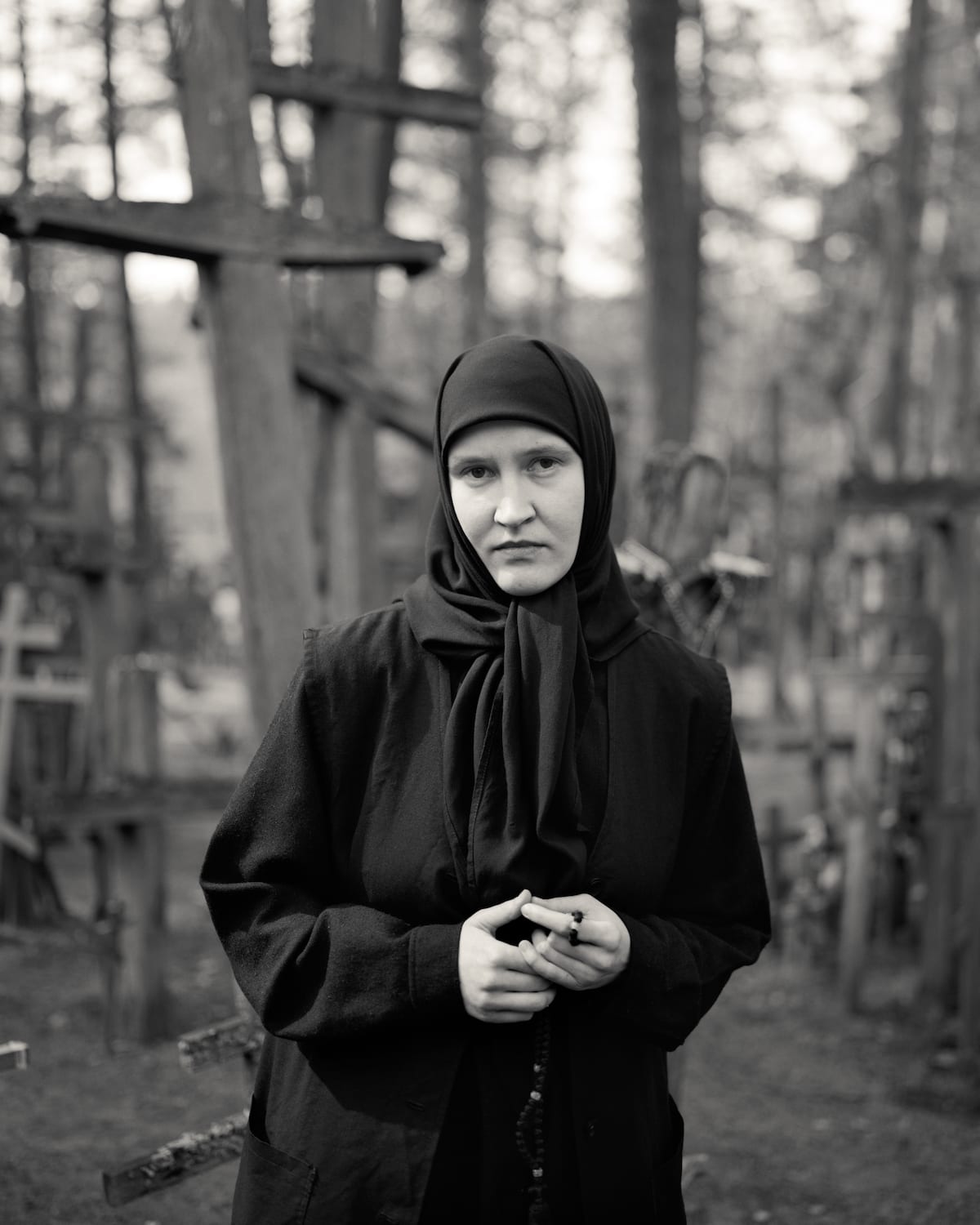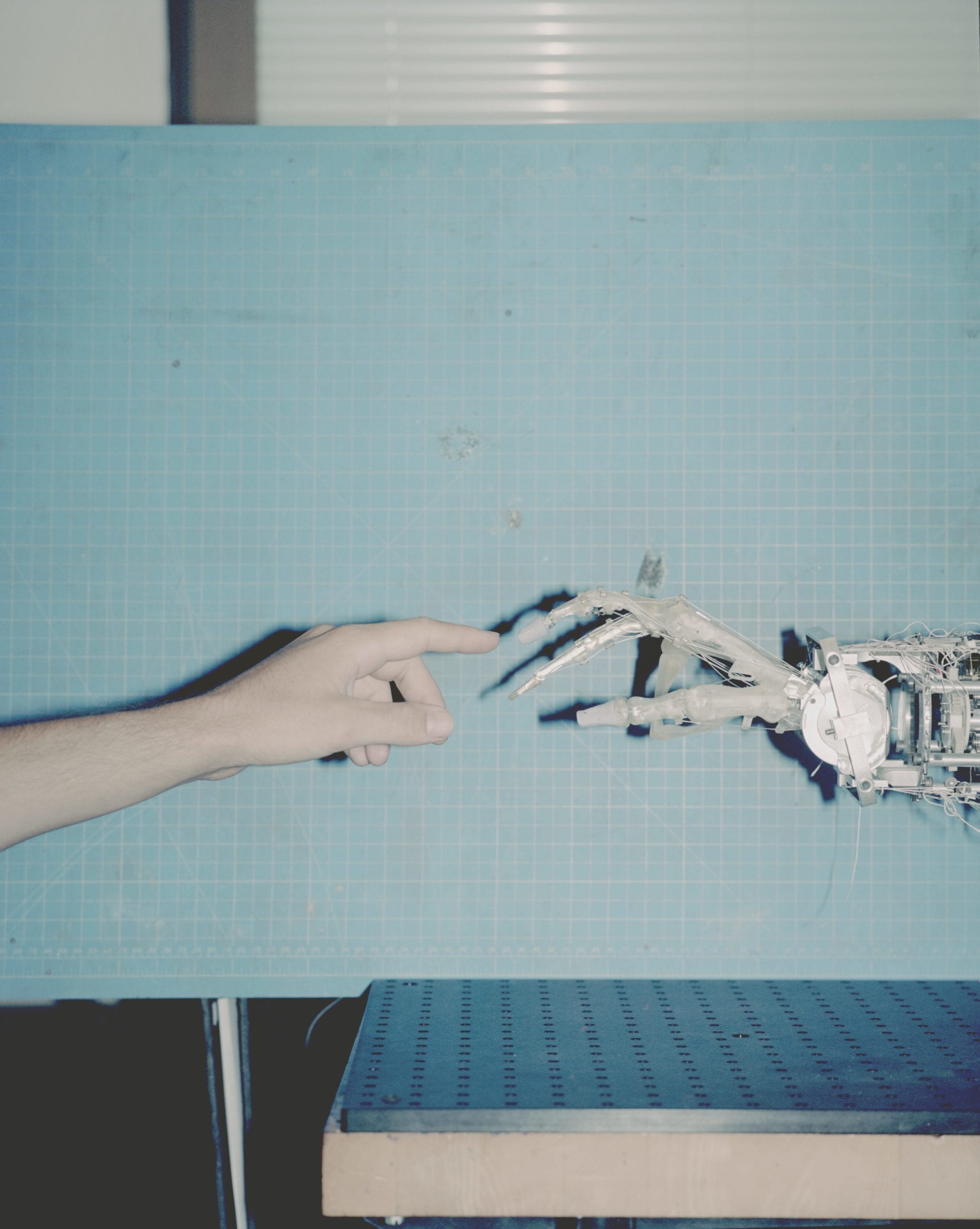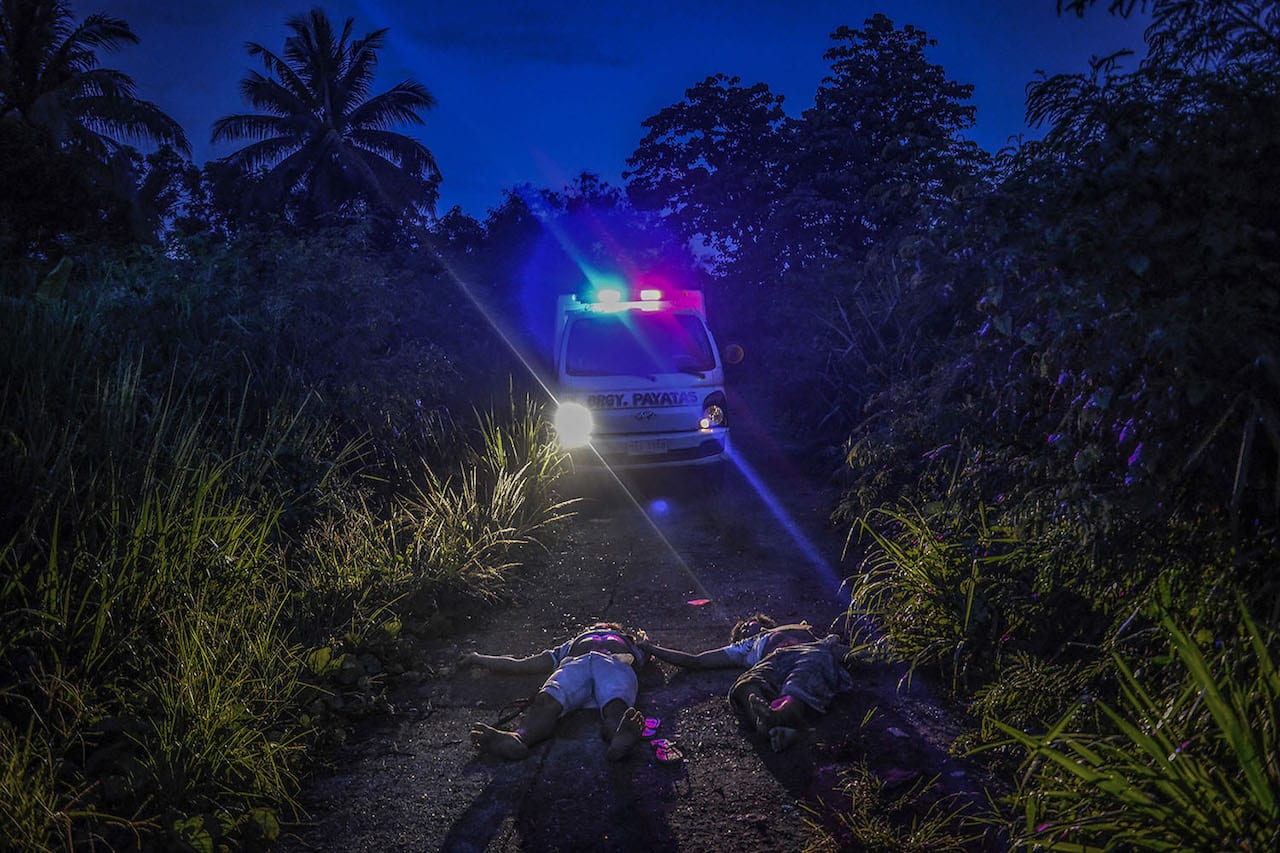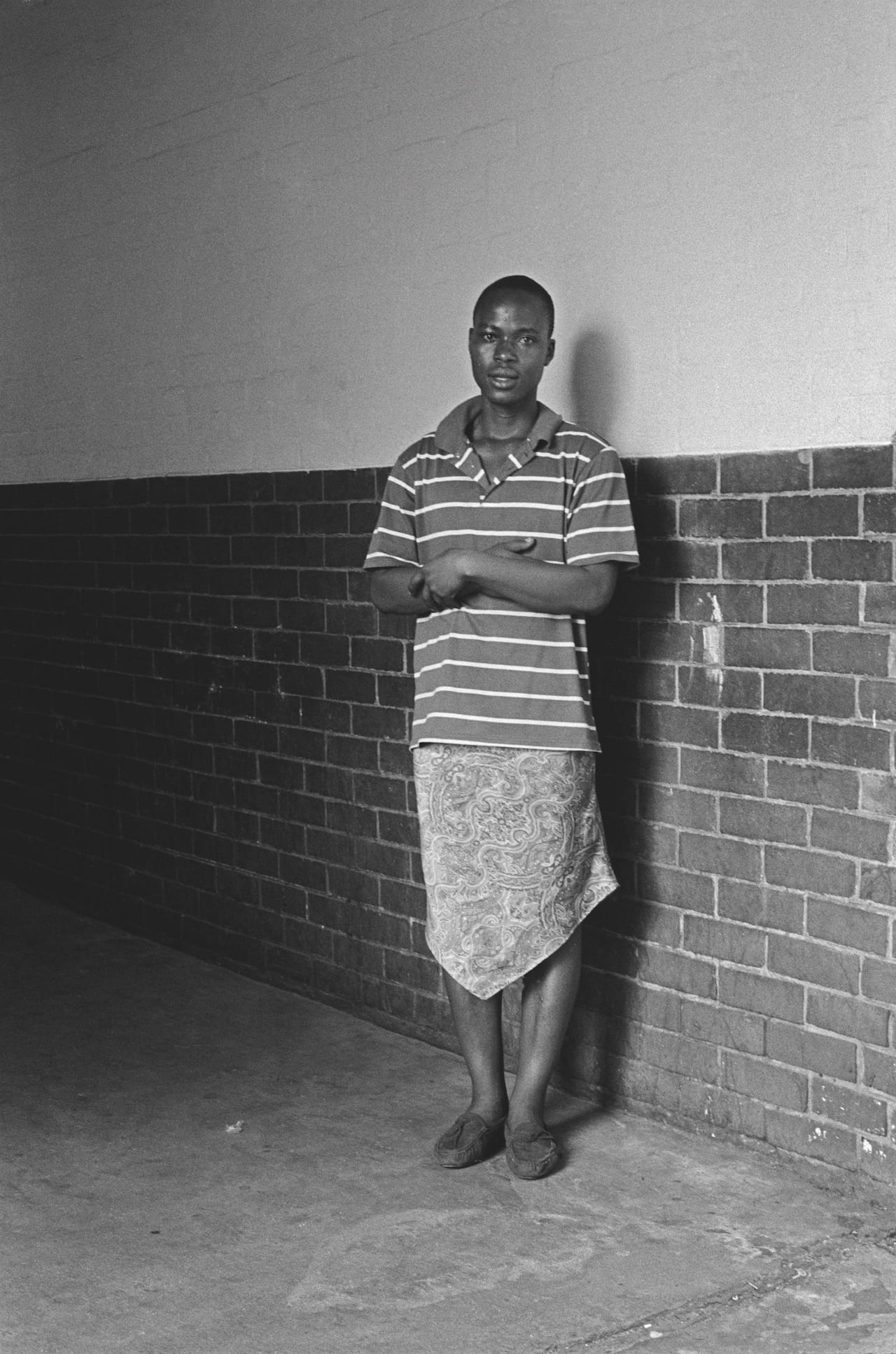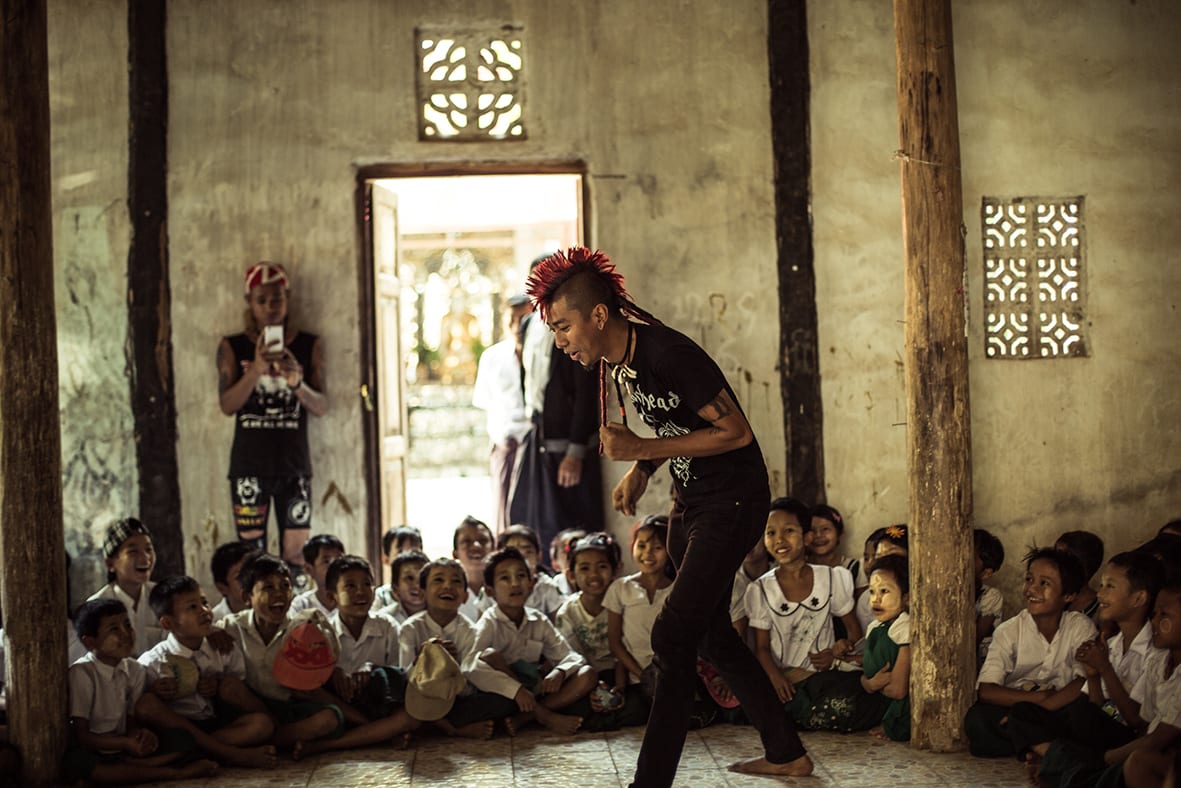Alice Mann has won the Taylor Wessing Photographic Portrait Prize 2018 with a set of four images of South African drum majorettes – the first time the award has gone to a series not a single shot.
Mann’s photographs show five young girls from Cape Town dressed as ‘drummies’ – a popular hobby for children from some of South Africa’s most disadvantaged communities. Mann, who is now based in London but originally from South Africa, spent three months photographing drum majorettes, and says her winning portraits come from a much larger series.
“The images are part of a much larger body of work, which is a combination of a more documentary approach and portraits,” she explains. “These four portraits are some of my favourite images, especially the one of Riley and Wakiesha because they are so charismatic.

